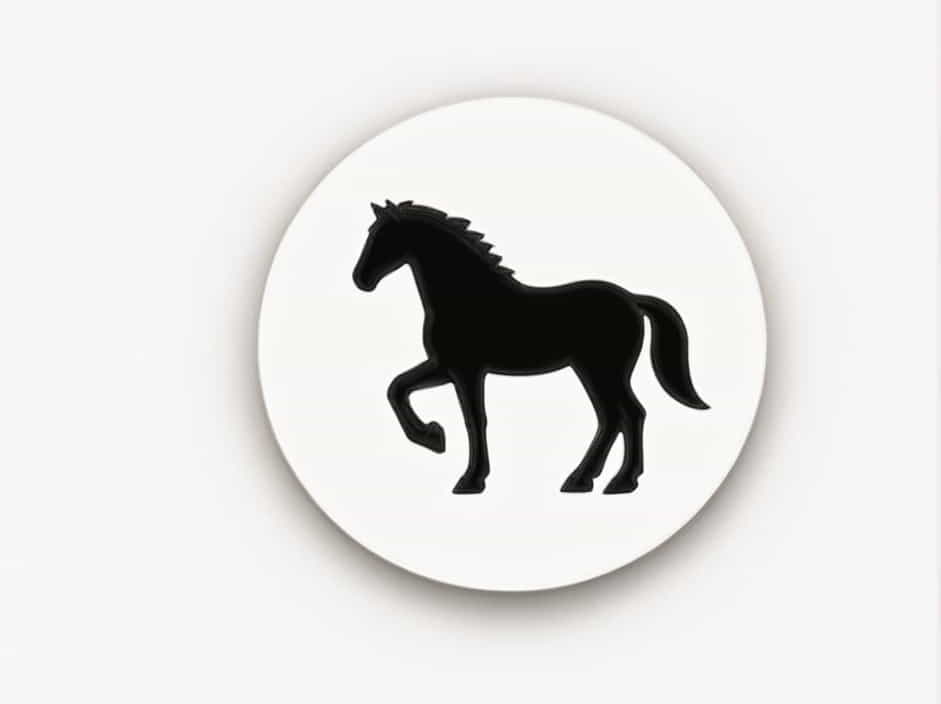Shoeing a horse is a common practice in equine care, but many people wonder if it is truly necessary. Horses in the wild do not wear shoes, so why do domesticated horses need them? The primary purpose of horseshoes is to protect the horse’s hooves, improve traction, and support their overall health, especially for horses that work on hard surfaces or carry heavy loads.
This topic will explore the importance of shoeing a horse, the benefits of horseshoes, and situations where they may not be required.
Why Do Horses Need Shoes?
Not all horses require shoes, but for those that do, the benefits are significant. Horseshoes serve several essential functions, including:
- Protecting hooves from wear and damage
- Providing traction on different surfaces
- Supporting hoof health and preventing injuries
- Enhancing performance in sports and work
Let’s take a deeper look at these benefits.
1. Hoof Protection
Horses naturally wear down their hooves as they walk, run, or carry loads. In the wild, horses travel long distances on soft ground, which naturally keeps their hooves in balance. However, domesticated horses often walk on harder surfaces like asphalt, concrete, or rocky terrain, which can lead to excessive hoof wear.
How Horseshoes Help:
- Act as a barrier between the hoof and rough ground
- Reduce the risk of cracks, chips, or excessive wear
- Provide additional durability for horses with weaker hooves
Without proper protection, a horse’s hooves may wear down too quickly, leading to discomfort or lameness.
2. Improved Traction and Stability
Horses need good grip and stability, especially when working on slippery, uneven, or rocky terrain. Different types of horseshoes are designed to increase traction and prevent slipping.
How Horseshoes Help:
- Steel or aluminum shoes provide better grip on hard ground
- Rubber or specialized shoes offer traction on wet or icy surfaces
- Some horseshoes have studs or spikes for extra grip in racing and jumping
Shoes reduce the risk of slipping and improve balance, which is essential for working, racing, and jumping horses.
3. Hoof Support and Injury Prevention
Some horses have naturally weak, cracked, or uneven hooves. Without proper support, they can develop issues such as laminitis, abscesses, or hoof wall separation. Horseshoes help maintain hoof structure and reduce strain on the legs.
How Horseshoes Help:
- Distribute weight evenly to prevent pressure points
- Reduce strain on ligaments and joints
- Provide support for horses with hoof deformities or medical conditions
Farriers (horse hoof specialists) often customize horseshoes to correct hoof problems and prevent injuries.
4. Performance Enhancement for Working Horses
Horseshoes are essential for horses that perform demanding tasks such as:
- Racing – Thoroughbreds and racehorses wear lightweight aluminum shoes to enhance speed.
- Show Jumping – Special grip shoes help with takeoff and landing.
- Draft Horses – Heavy horses that pull carts or plows need strong shoes for support.
How Horseshoes Help:
- Improve balance and shock absorption
- Reduce fatigue in performance horses
- Protect hooves from stress and impact injuries
Horses that compete or work hard daily greatly benefit from well-fitted shoes.
Do All Horses Need Shoes?
Not all horses require shoeing. Some horses thrive with barefoot hooves, especially if they:
- Walk mainly on soft terrain (grass, dirt, sand)
- Have strong and naturally healthy hooves
- Are not used for heavy work or competitions
In such cases, regular hoof trimming by a farrier is often enough to maintain hoof health.
Types of Horseshoes
Different horses require different types of shoes based on their activity and environment. Common types include:
1. Steel Shoes
- Durable and commonly used for working horses.
- Provide excellent protection and longevity.
2. Aluminum Shoes
- Lightweight, often used for racehorses.
- Improves speed and agility.
3. Rubber or Plastic Shoes
- Shock-absorbing, suitable for therapy or rehabilitation.
- Used for horses with hoof sensitivity.
4. Bar Shoes
- Provide extra hoof support for injuries or medical conditions.
- Often used for horses recovering from laminitis or hoof fractures.
Selecting the right type of horseshoe depends on the horse’s activity, health, and environment.
Barefoot vs. Shoeing: Which Is Better?
Some horse owners prefer to keep their horses barefoot, arguing that it is more natural and healthier. Others believe that shoeing is necessary for protection and performance.
Advantages of Keeping a Horse Barefoot:
✅ More natural movement
✅ Better circulation in the hooves
✅ Lower maintenance costs
Advantages of Shoeing a Horse:
✅ Protects against hoof wear and cracks
✅ Enhances performance and safety
✅ Prevents lameness in weak-hoofed horses
The best option depends on the horse’s lifestyle, workload, and hoof condition. Consulting a professional farrier is the best way to determine whether a horse needs shoes.
How Often Should Horses Be Shod?
Horseshoes do not last forever and require regular maintenance. On average, a horse should be shod or have its hooves trimmed every 4 to 6 weeks.
Signs That a Horse Needs New Shoes:
- Hoof growth pushing the shoe loose
- Worn-out shoes with visible damage
- Changes in the horse’s gait or movement
Regular farrier visits help ensure that the hooves remain healthy and properly balanced.
The primary purpose of shoeing a horse is to protect its hooves, improve traction, and support overall performance. While not all horses require shoes, those that work on hard surfaces, participate in sports, or have weak hooves benefit greatly from proper shoeing.
Ultimately, the decision to shoe a horse depends on its lifestyle, environment, and hoof health. Regular farrier care and proper maintenance are essential to keeping a horse’s hooves in top condition, whether barefoot or shod.
